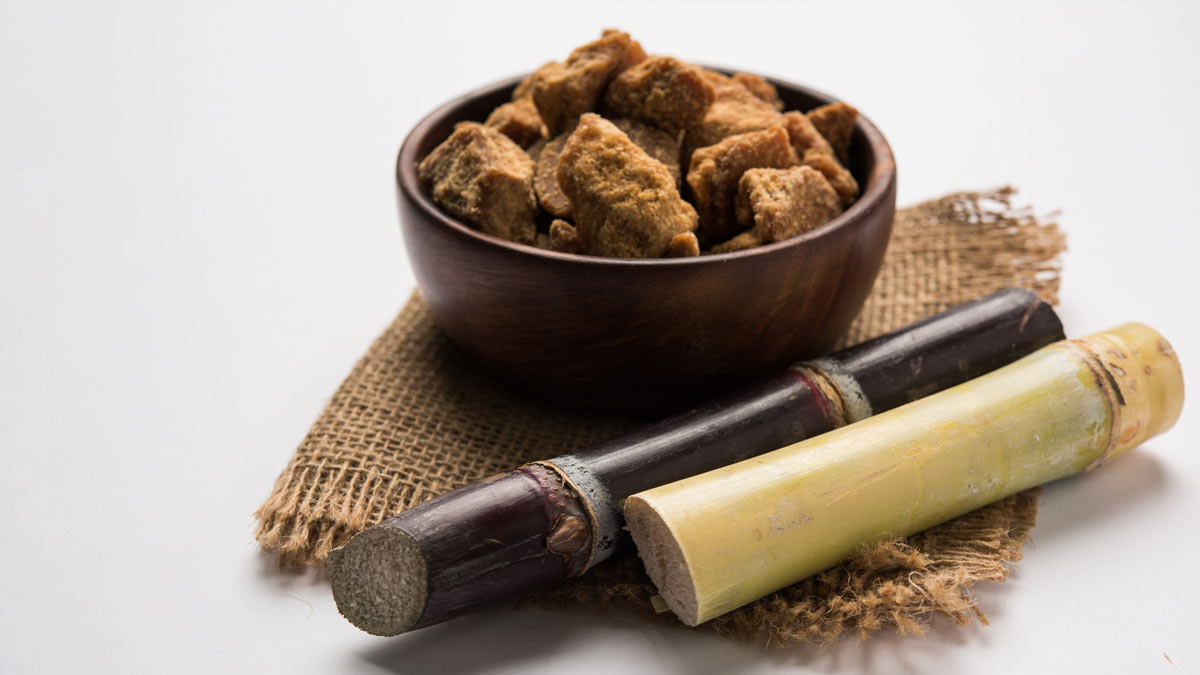
Different Types of Jaggery and Which Type is Best for Your Health
In the world of natural sweeteners, jaggery holds a golden place — quite literally! This traditional Indian delight, known for its deep caramel color and rich molasses-like taste, is more than just a sweet treat. It’s a wholesome, time-honored food that has nourished generations. But did you know that there are different types of jaggery, and not all are created equal when it comes to health?
In this blog, let’s explore the varieties of jaggery and find out which one is the best for your well-being.
🌾 What Is Jaggery?
Jaggery is an unrefined sweetener made from sugarcane juice or palm sap. Unlike white sugar, which is stripped of all its nutrients during refining, jaggery is minimally processed and retains natural minerals like iron, magnesium, and potassium. It is often called “gur” in Hindi and is cherished in many Indian households as a digestive aid, immunity booster, and energy enhancer.
🧂 Different Types of Jaggery
Let’s take a closer look at the common types of jaggery available today:
1. Sugarcane Jaggery (Cane Gur)
This is the most popular and widely used form of jaggery. Made by boiling sugarcane juice until it solidifies, it comes in blocks, powders, or liquid forms. It has a golden brown to dark brown color depending on purity.
Health Benefits:
-
Excellent source of natural iron
-
Helps fight anemia and fatigue
-
Known to aid digestion and cleanse the liver
✔ Best for everyday use in tea, sweets, or traditional recipes
2. Date Palm Jaggery (Khajur Gur)
Harvested from the sap of date palm trees during winter, this variety is considered a delicacy in East India and Bangladesh. It has a soft texture, mild sweetness, and a hint of smokiness.
Health Benefits:
-
Rich in antioxidants
-
Supports respiratory health
-
Contains zinc and calcium for bones
✔ Best enjoyed in winter months, especially in desserts like nolen gur sandesh
3. Coconut Jaggery
Made from the sap of coconut palm flowers, this variety has a dark color and deep earthy flavor. It is commonly used in South Indian and Goan cuisine.
Health Benefits:
-
Low glycemic index — good for diabetics in moderation
-
Contains B vitamins and minerals
-
Boosts gut health
✔ Great for gluten-free and vegan cooking
4. Palm Jaggery (Taal Gur)
Derived from the palmyra palm tree, palm jaggery is rich, dark, and dense. It is less sweet than cane jaggery but more nutritious.
Health Benefits:
-
Natural detoxifier for the lungs
-
Excellent for treating cold and cough
-
Helps regulate menstrual health in women
✔ Ideal for herbal remedies and Ayurvedic preparations
🏆 Which Jaggery Is Best for Health?
While all types of jaggery are better than refined sugar, the best jaggery for health depends on your needs:
-
For anemia and fatigue: Go for sugarcane jaggery (rich in iron)
-
For seasonal immunity and lung detox: Try palm jaggery
-
For bone health and minerals: Choose date palm jaggery
-
For a diabetic-friendly option: Opt for coconut jaggery (in small amounts)
What truly matters is the purity of the jaggery. Always choose organic, chemical-free jaggery made without additives, bleaching agents, or synthetic colors.
💡 Final Words
In a world dominated by white sugar and artificial sweeteners, jaggery is like a nostalgic return to nature’s sweetness. It's earthy, nutrient-rich, and versatile. Whether you stir it into your morning tea, crumble it over your dessert, or just pop a piece after lunch — jaggery is a humble superfood with immense health potential.
So, the next time you shop for jaggery, remember — not all golden lumps are the same. Choose wisely, eat mindfully, and sweeten your life — the natural way.